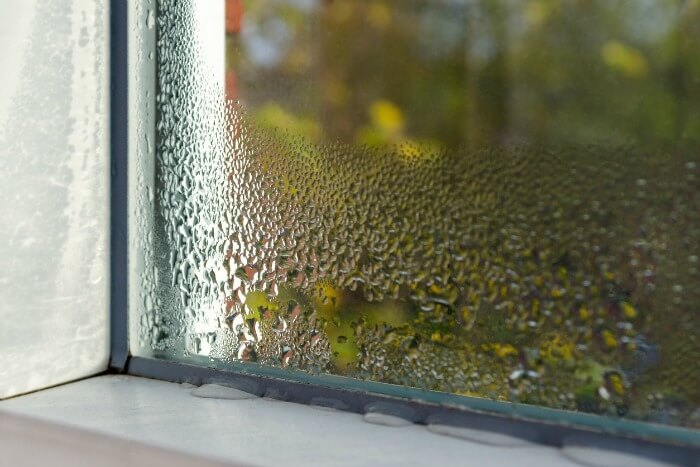Did you know that up to 30% of your home’s energy can be lost through old or poorly insulated windows? If your heating and cooling bills keep climbing, your windows could be the culprit. The good news? Modern energy-efficient windows can lower your energy costs, make your home more comfortable, and even increase its value.
In this guide, we’ll break down how energy-efficient windows work, what to look for when choosing them, and how much you could save by making the switch.
What Makes a Window Energy-Efficient?
Not all windows are created equal! The key features of energy-efficient windows include:
- Low-E (Low-Emissivity) Glass: This invisible coating reflects heat back into your home in winter and keeps it out in summer.
- Double or Triple Pane Glass: Multiple layers of glass trap air or gas between them, acting as insulation.
- Gas Fills: Argon or krypton gas is inserted between panes to reduce heat transfer.
- Warm Edge Spacers: These help prevent condensation and heat loss at the edges of the glass.
- Energy Star Certification: Look for this label to ensure the window meets high energy-efficiency standards.
How Do Energy-Efficient Windows Save You Money?
By reducing heat loss in the winter and blocking excessive heat in the summer, these windows help your home maintain a stable temperature. This means:
- Lower Energy Bills: Less reliance on heating and cooling systems = more savings.
- Consistent Comfort: No more drafty winters or overheated rooms in the summer.
- Less Strain on HVAC Systems: Your furnace and AC won’t have to work as hard, leading to fewer repairs.
Real Savings: How Much Can You Cut from Your Bills?
On average, homeowners can save **$126 to $465 per year** by replacing single-pane windows with Energy Star-rated ones. If you live in a colder climate, the savings can be even higher.
Curious about your potential savings? Use our Energy Savings Calculator to estimate how much you could reduce your heating and cooling costs.
Comparing Energy-Efficient Windows: What to Look For
Here’s a quick breakdown of key terms to check when shopping for new windows:
- U-Factor: Measures how well a window prevents heat loss. Lower = better insulation.
- Solar Heat Gain Coefficient (SHGC): Indicates how much heat from the sun the window allows in. Lower SHGC is better for warm climates.
- Visible Transmittance (VT): The amount of natural light a window lets through. Higher VT = more daylight.
Energy-Efficient Windows vs. Standard Windows
| Feature | Standard Windows | Energy-Efficient Windows |
|---|---|---|
| Number of Panes | Single or double | Double or triple |
| Glass Coating | None or basic | Low-E for heat reflection |
| Gas Fill | Air | Argon or krypton gas |
| Heat Transfer Prevention | Minimal | Significantly reduced |
| Energy Savings | Low | High |
Need Help Choosing the Right Windows?
Want to make your home more comfortable and energy-efficient? We make it easy! Get a quick, hassle-free quote for energy-efficient windows today.
Learn More About Windows
Check out these related guides:

